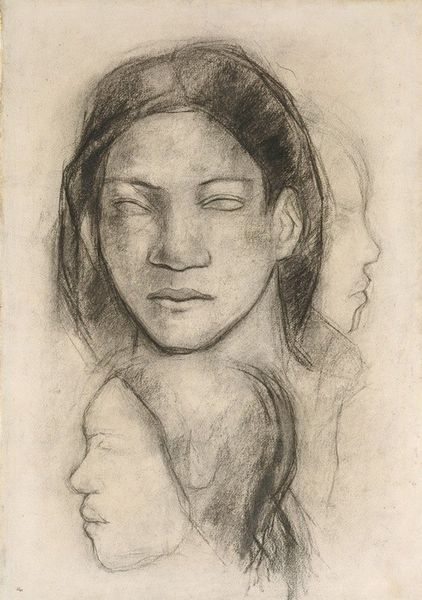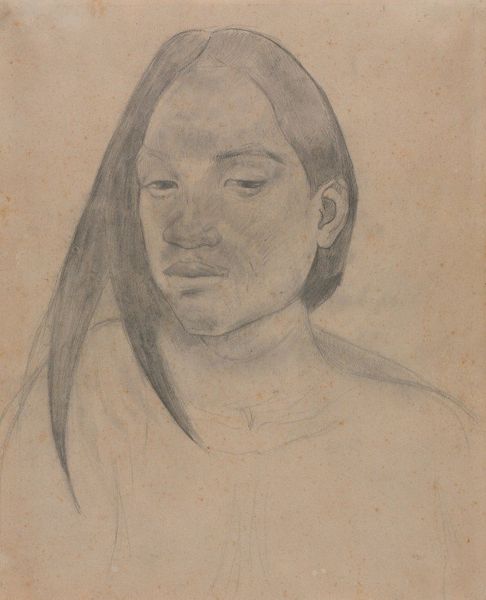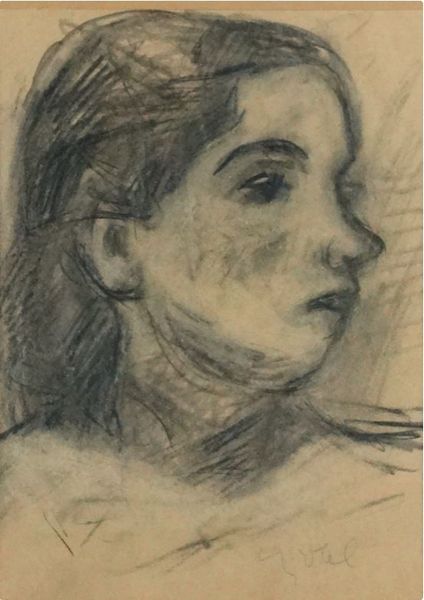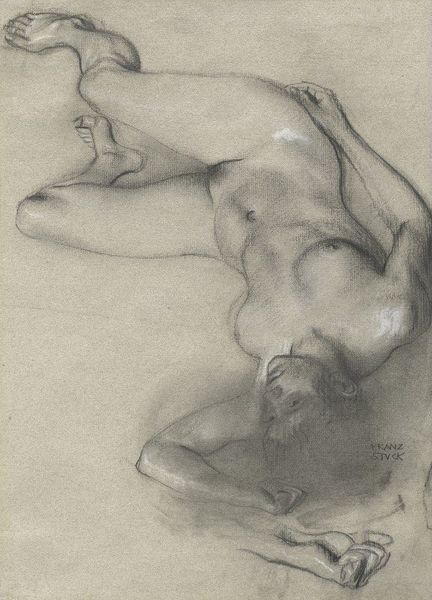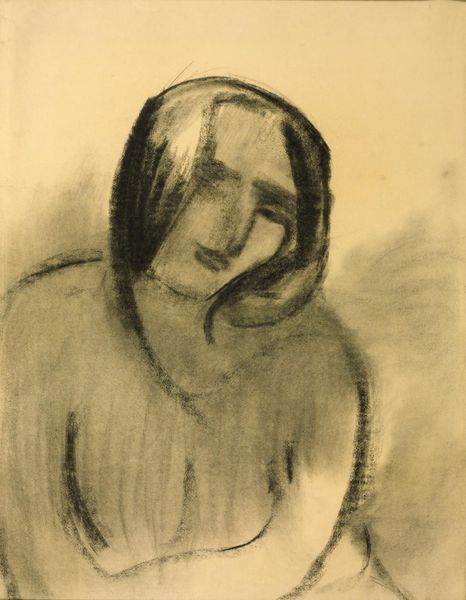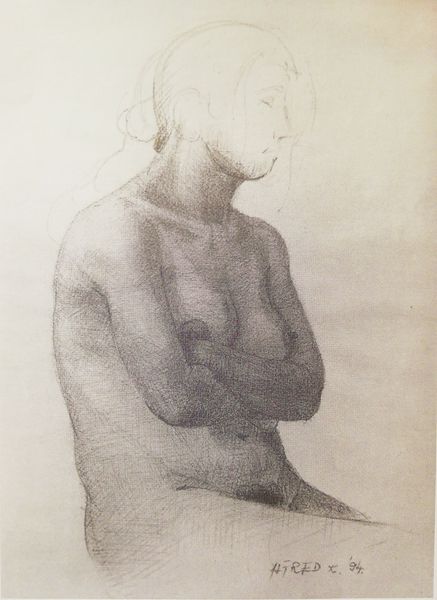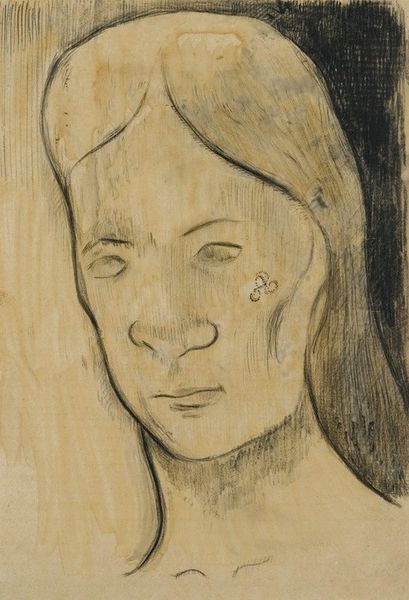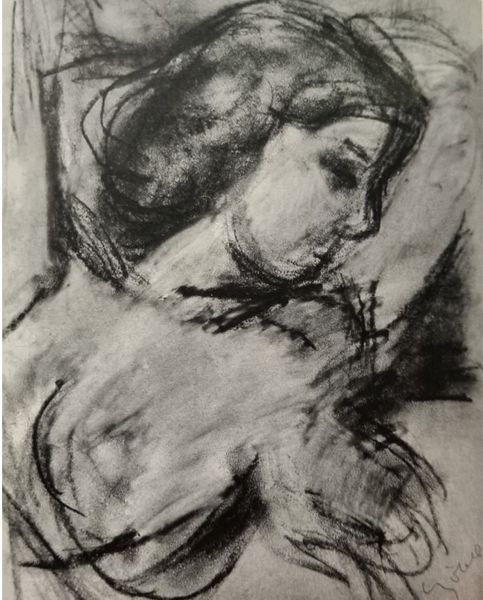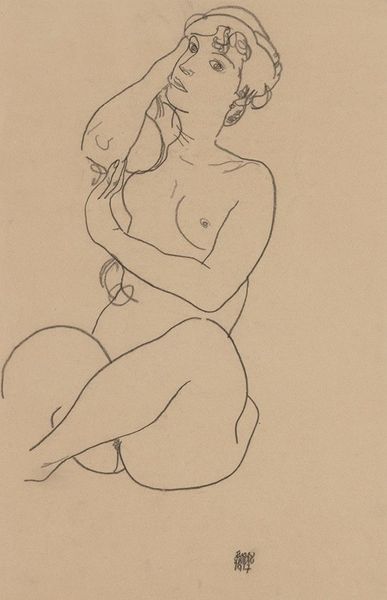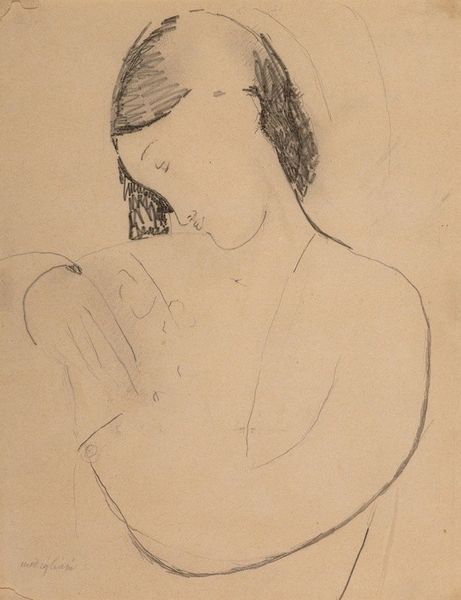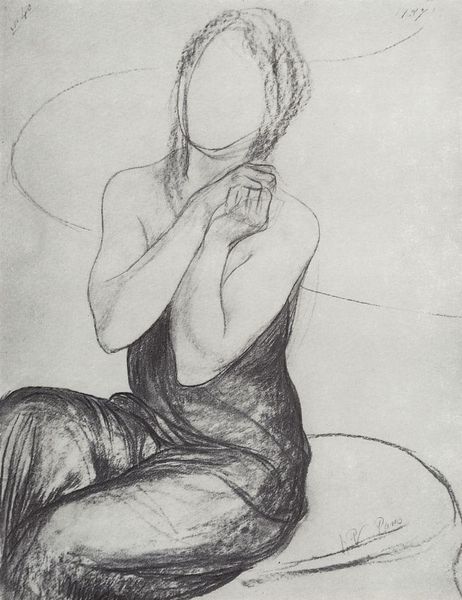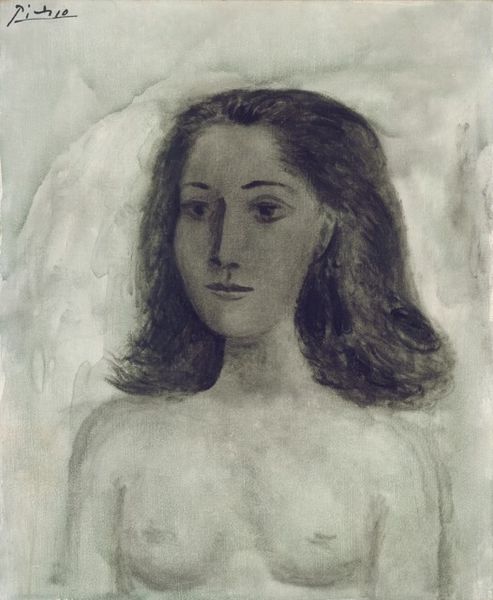
drawing
#
portrait
#
drawing
#
portrait drawing
#
post-impressionism
Copyright: Public Domain: Artvee
Paul Gauguin sketched "Heads of Tahitian Women, Frontal and Profile Views" using charcoal, likely during one of his sojourns to French Polynesia in the 1890s. The sketch offers insight into the complex dynamics of colonialism and artistic representation. Gauguin, seeking an escape from the industrialized West, found in Tahiti a culture he exoticized and, in many ways, misrepresented. The sketch exemplifies the European gaze, reducing Tahitian women to objects of aesthetic contemplation. It's essential to acknowledge the power dynamics at play. Gauguin's vision, shaped by the values of the Parisian art world, inevitably influenced how these women were perceived. The sketch is a product of its time, reflecting both the fascination with the "primitive" and the imperialist mindset that defined European engagement with non-Western cultures. Understanding this sketch requires a critical approach. We need to examine colonial archives, ethnographic studies, and the voices of the Tahitian people themselves to gain a fuller perspective on the complex interplay between art, culture, and power during this period.
Comments
No comments
Be the first to comment and join the conversation on the ultimate creative platform.
